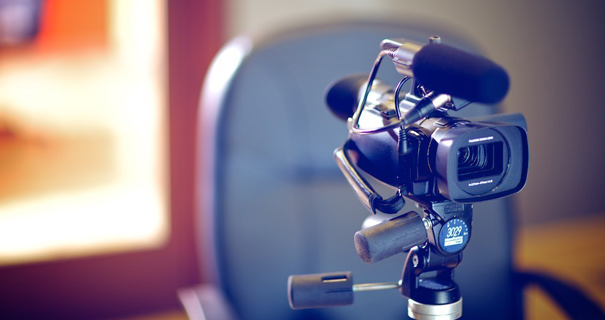Enhancing Your Lawful Technique With Specialist Test Presentations
In today's legal landscape, the value of specialist test presentations can not be overemphasized. By changing dense lawful ideas into interesting narratives, specialists can enhance juror understanding and retention.
Relevance of Trial Presentations
Trial discussions act as a pivotal component in the lawful process, efficiently bridging the space between intricate legal arguments and juror understanding. The ability to distill detailed legal concepts right into easily accessible narratives is necessary for jurors, that have to make educated decisions based upon the proof presented. A well-crafted discussion not only clarifies the situation however also boosts the persuasiveness of the argument, ultimately affecting the jury's assumption.
In an age where interest spans are restricted, the importance of engaging visuals and clear interaction can not be overstated. Test presentations offer to capture jurors' passion and preserve their emphasis, permitting a much deeper understanding of the truths and legal concerns handy. Moreover, they provide an organized framework that arranges the case, assisting in logical flow and comprehensibility.

Trick Components of Effective Presentations
An effective discussion in a court establishing hinges on numerous key elements that collectively enhance its impact. Lawyers need to boil down intricate lawful disagreements right into succinct, easily digestible points to ensure jurors understand the core issues.
Aesthetic help play an important duty too, as they can considerably reinforce key messages. Efficient use exhibits, charts, and layouts can clear up complex details and emphasize crucial facts. Additionally, the speaker's shipment design is crucial; certain, interesting interaction promotes reputation and maintains jurors' interest.
Last but not least, comprehending the target market is extremely important. Tailoring the discussion to the jurors' histories and worths can promote a connection that enhances receptiveness to the disagreement. In summary, quality, narrative structure, visual help, delivery design, and target market awareness are essential to crafting an efficient court room presentation that resonates with jurors and sustains the overarching legal technique.
Technology in Test Presentations
Modern court rooms progressively integrate technology to boost trial presentations, improving the fundamental elements of reliable communication established with clear messaging and engaging narratives. The consolidation of audio-visual aids, such as high-definition projectors and interactive screens, allows legal groups to present evidence in a much more engaging manner. This innovation not just captures the court's interest but also promotes a far better understanding of intricate information.

Digital tools, including presentation software program and electronic display management systems, enhance the company and access of evidence (trial presentations). Lawyers can swiftly reference papers, pictures, and videos, guaranteeing that important details is conveniently accessible throughout the trial. Furthermore, using computer animations and simulations can clearly highlight vital ideas, making them much easier for jurors to comprehend
In addition, Continued courtroom modern technology advertises partnership amongst lawyers, enabling real-time changes to discussions based on jury reactions or unforeseen advancements. The capability to adjust on the fly is crucial in preserving engagement and strengthening debates. As technology remains to advance, its function in trial presentations will unquestionably broaden, providing cutting-edge methods to communicate effectively and persuasively in the pursuit of justice.
Narration Techniques for Influence
Reliable storytelling methods are important in supplying impactful trial presentations, as they change intricate legal arguments into relatable stories. A well-crafted tale mesmerizes the audience, making it easier for jurors to understand and keep in mind crucial factors.
To produce a compelling story, attorneys must concentrate on establishing a clear framework with a beginning, middle, and end. The start should present the case context and its importance, while the center elaborates on the core issues, weaving in evidence and witness statements that support the debate. Conclusively, the finishing should reinforce the designated message, driving home the desired outcome.
Furthermore, integrating emotional components can considerably enhance the narrative's trial presentations influence. By humanizing the situation, attorneys can stimulate compassion, permitting jurors to attach personally with the truths offered. Using dazzling imagery and anecdotes can also help in highlighting complicated motifs, making them more concrete and unforgettable.

Tips for Implementation in Court
Applying narration strategies in court requires cautious preparation and execution to make sure that the story reverberates with jurors. Begin by identifying the core message of your instance and aligning it with the emotional and factual elements that will certainly involve the jury. Develop a clear and engaging narrative arc that consists of an introduction, an advancement of dispute, and a resolution.
Use aesthetic help to enhance storytelling; exhibits, timelines, and multimedia discussions can aid highlight complicated principles and keep juror passion. Practice your distribution, guaranteeing that body language, tone, and pacing follow the emotional weight of your story.

Final Thought
In conclusion, professional trial presentations play an important role in improving lawful techniques by successfully connecting complex arguments to jurors. The integration of visual aids, clear narratives, and psychological narration fosters juror engagement and comprehension.